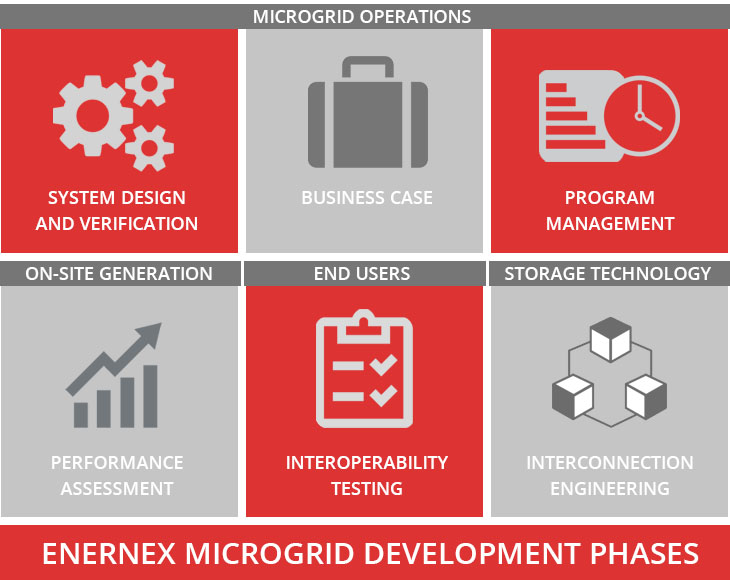
Optimizing distribution operations
By Doug Houseman
Forty years ago Distribution engineers laughed at Transmission operators when they said they had to do state estimation and power flow balancing. Distribution did not have those kinds of problems and any imbalance could be handled on the feeder by moving a single phase transformer or two to rebalance the circuit. Distribution was simple, and to a large extent changes were seasonal in nature.
Today, Distribution is rapidly catching up to, and in some cases exceeding, the complexity of Transmission. In some circuits phase imbalance during the daytime is edging close to the voltage limits, and the imbalance reverses at night. The simple “move the transformer” answer no longer works. As the grid moves to 20, 30, 40 and even 50 percent of the total energy (not capacity) being generated by distributed photovoltaics (PV), the complexity of operations is going to increase. The industry has a wide range of answers to this issue and the increase in operational technology (OT) systems to fix the issue has grown rapidly. Ten years ago a typical utility had an Outage Management System (OMS) and a Geographic Information System (GIS), and some were thinking about a Distribution Management System (DMS).
Now there are seven or eight more OT systems that people are discussing such as Advanced Distribution Management Systems (ADMS), Distributed Energy Management Systems (DERMS), Demand Response Management Systems (DRMS) among others. Each works to handle their own area, optimizing it carefully for the resources each OT system is assigned. The optimization answers are then fed to an operator to review and approve. The result in a complex network is sub-optimization because each and every system has optimized their piece.


